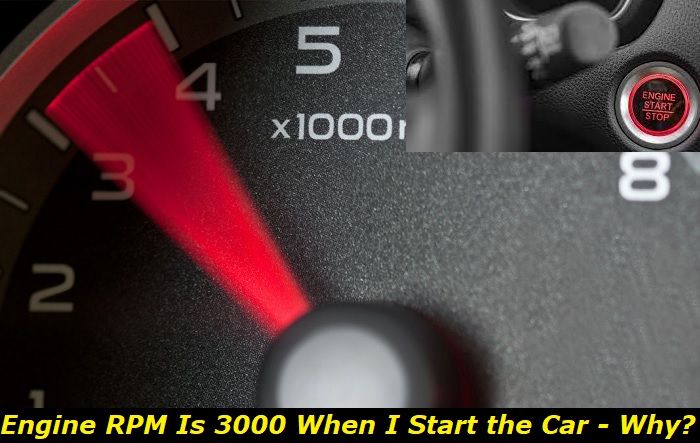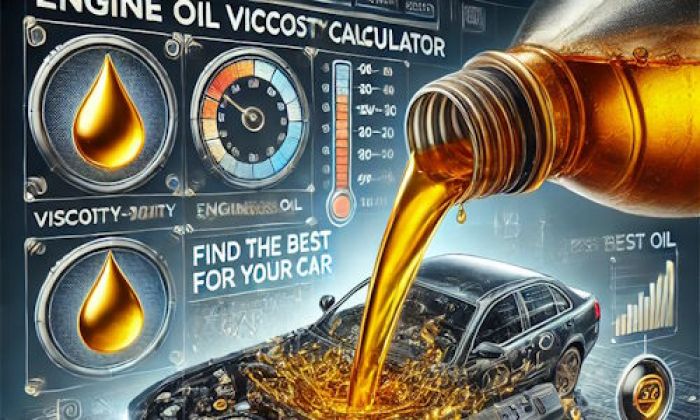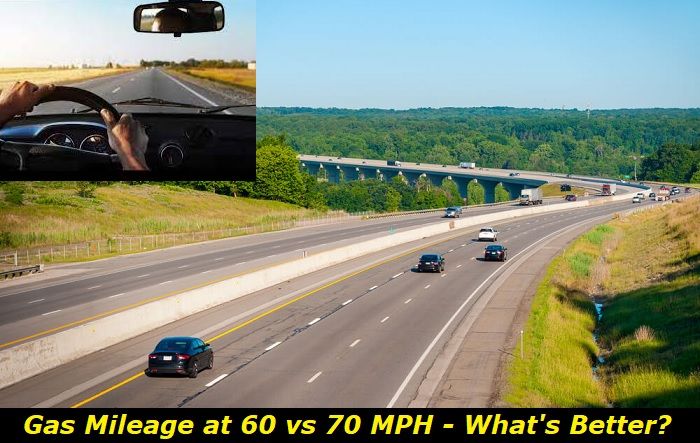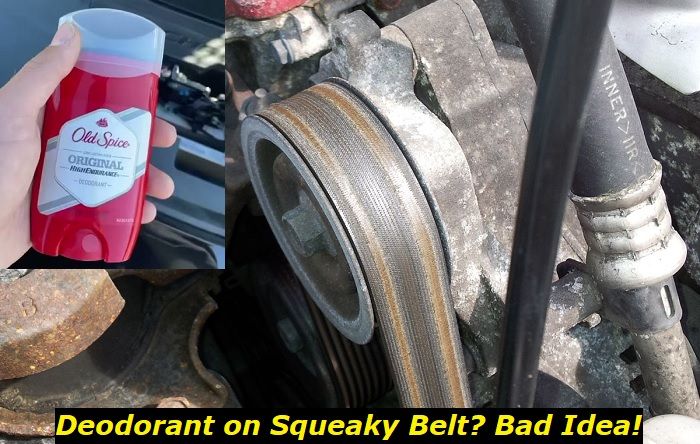In short, immediate revving up after starting the engine may be caused by the throttle body issues, engine sensors, cruise control module, bad idle control valve, etc. To locate and solve the problem, you will obviously need to consult with a professional mechanic. But sometimes, you may find the issue on your own and even repair the vehicle given you have enough experience and knowledge.
Electrical problems leading to RPM anomalies highlights
- DIY repairs:possible but complicated
- Tools needed:inspection and repair tools
- Commonreasons:idle control valve, throttle position sensor, wiring, software
- Time to repair:1 - 2.5 hours
- Price for parts:$50 - $300
- Can you drive?Yes
- Alternative solutions:unplugging sensors, resetting or relearning sensors

What are the symptoms in question?
Before I make you read about a thousand words of text, I want to make sure you are on the needed page. So, this article will help you solve the issue with immediate engine revving up to 3000 RPM after you start the car. The actual level of the revolutions may not be exactly 3000 though - it can be more or less than that.
Here are the possible symptoms and scenarios of how the engine behaves in such a situation:
- once you start the engine, it revs up unusually high - up to 3000 RPM or even higher;
- after that, the rotation of the engine may quickly slow down to about 1000 RPM or stay at the 3000 RPM line;
- after the engine is warmed up, the rotations should come back to normal, but some kinds of problems will still keep it at 3K RPM;
- when you are driving, everything may be OK but the RPM is not stable - sometimes it may go up or down unexpectedly;
- after some time, the problem may develop and the vehicle may even stall at a traffic light.
This is quite a serious problem and it can even interfere with the safety of your driving. So, I don't recommend ignoring the issue. Although it doesn't pose any immediate danger to your vehicle (unless the RPM is too high), you still should react quickly and address the problem. If not, it may develop and eventually not allow you to drive the car safely.
By the way, it may start as a small issue and almost unnoticeable RPM spike but quickly grow into a serious problem. The scenario depends on the problem that causes this issue in your case. Let's investigate the possible reasons for this.
What can cause your engine to rev up to 3000 RPM when started?
Although the problem is not that uncommon, experienced mechanics can argue about its reasons for hours. I will not be able to list all the possible problems in this article because sometimes it's just some software issue that is specific to your vehicle model. In this case, you should go to the dealership and have the car inspected by the specialists with the help of original tools.
If your issue is more common than that, you will most likely find the reason for the problem among the following ones:
1. Throttle is stuck in an open position
The throttle regulates how much air is blown into the combustion chamber. If the throttle is stuck or doesn't move slowly and gently as it should, your car will experience RPM issues.
Usually, when you start the vehicle, the ECU commands the throttle to open a little more than it's usually open when idling. This is made for quicker engine warmup. If the throttle is stuck, it will almost idle at a higher RPM.
This problem may be consistent, so the engine will always idle at 3000 RPM or so without ever coming back to normal. But in most cases, your car may then come back to normal and idle at the optimal 800 RPM when the engine is heated optimally.
Checking the throttle body is one of the first things you should do when this happens to your car.
2. Engine sensors are going crazy
The throttle position sensor is one of the possible culprits of this situation. This sensor registers the position of the throttle flap and sends the reading to the ECU. Once the readings are wrong, the ECU goes crazy without understanding how the flat is located right now.
Also, other sensors may cause this problem. You can never predict how the engine will react on bad crankshaft sensor, wrong readings from mass air-flow sensor, etc.
The good news is that you can easily locate this problem using a good OBD2 scanner. So, this issue is not that severe in terms of diagnosis and it won't cost you a fortune to repair.
3. Idle regulator is faulty
One of the most common culprits of your engine revving up like crazy right after startup is the idle regulator valve. This is a special part that is integrated into the throttle body. It helps the ECU regulate the idling speed of the engine when necessary.
For example, when your engine is cold, this valve will help the ECU to set a higher idling speed for a faster warmup. When the engine is misfiring, this valve will raise RPM to avoid stalling. But if it's faulty, the valve is going to go mad and set random engine idle speed.
It's quite hard to check this valve. You can clean and reset it and if you see some changes in the vehicle's behavior, you may try buying another valve and replacing the old part.
4. Vacuum leaks
The air supply in your vehicle should be strictly limited to the needed amounts. If there is a vacuum leak in any part of the air supply chain, the engine may show bad idling speed. Usually, this leads to throttle problems, sensors going crazy, and other issues. Locating a vacuum leak is quite a challenging task.
If you suspect a vacuum leak in your vehicle, I strictly recommend visiting a good repair shop and letting an experienced mechanic have a look at your car.
5. Ecology equipment failure
The idling speed of your engine depends on several units that are responsible for the optimal ecological features of your car and reduction of the harmful emissions.
For example, the problematic EGR system will interfere with the air intake and may cause high idle speed. Also, the oxygen sensor may be the reason why you see 3000 RPM right after you start the car and for some more time.
A clogged catalytic converter may also affect the idling speed of the engine because it doesn't let the exhaust gasses flow into the exhaust system freely. This will cause extra backpressure in the engine and will make the electronics go crazy and raise the RPM.
6. ECU glitch
It's more than possible that your vehicle has a glitch in the ECU. This is the electronic unit that controls all the processes in your engine. The control unit gets the readings from all the sensors and sends signals to different actuators and valves to make the engine work smoothly and efficiently. But if something goes wrong, the ECU may send the wrong signals.
ECUs usually go bad because of water damage or overheating. In some cars, electronic control units just fail after a certain mileage. It's hard to check the ECU because the OBD2 scanner doesn't read any codes, in this case.
Can you still drive if your RPM is 3000 after starting the car?
Now, let's see what exactly you should do if you spot such a problem in your vehicle. First of all, you shouldn't start panicking and making quick decisions. Calm down and see what happens with the engine after some time of such idling.
Here are the steps you should take:
- See what happens. If the RPM goes back to normal, you may start driving but be careful and watch the behavior of the engine.
- Drive carefully. If this happened with your engine at startup, it can happen at any moment, so be careful with your driving.
- Register all other symptoms. Look at possible warning lights or error messages on the dash of your car, and remember them to quickly diagnose the problem.
- Use the OBD2 scanner. If you have a scanner, use it and see what kinds of error codes are stored now in the ECU. This may help you in locating the issue.
- Plan the visit to the repair shop. Call the dealership or the trusted shop and ask when you can come to have the vehicle diagnosed.
Although this problem may not seem really bad, you will not be able to drive if the RPM holds at 3000. Your car will jerk madly when you shift to Drive or Reverse and the transmission may be affected.
So, it's important to seek help and solve the problem as soon as possible. I don't recommend ignoring the problem even if the RPM goes back to normal after skyrocketing to 3000.
About the authors
The CarAraC research team is composed of seasoned auto mechanics and automotive industry professionals, including individuals with advanced degrees and certifications in their field. Our team members boast prestigious credentials, reflecting their extensive knowledge and skills. These qualifications include: IMI: Institute of the Motor Industry, ASE-Certified Master Automobile Technicians; Coventry University, Graduate of MA in Automotive Journalism; Politecnico di Torino, Italy, MS Automotive Engineering; Ss. Cyril and Methodius University in Skopje, Mechanical University in Skopje; TOC Automotive College; DHA Suffa University, Department of Mechanical Engineering






Add comment